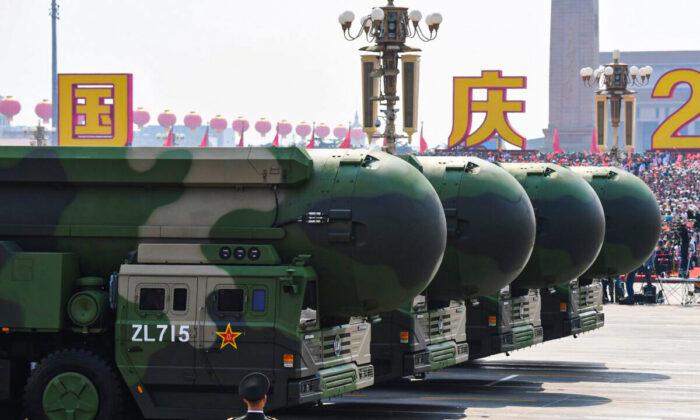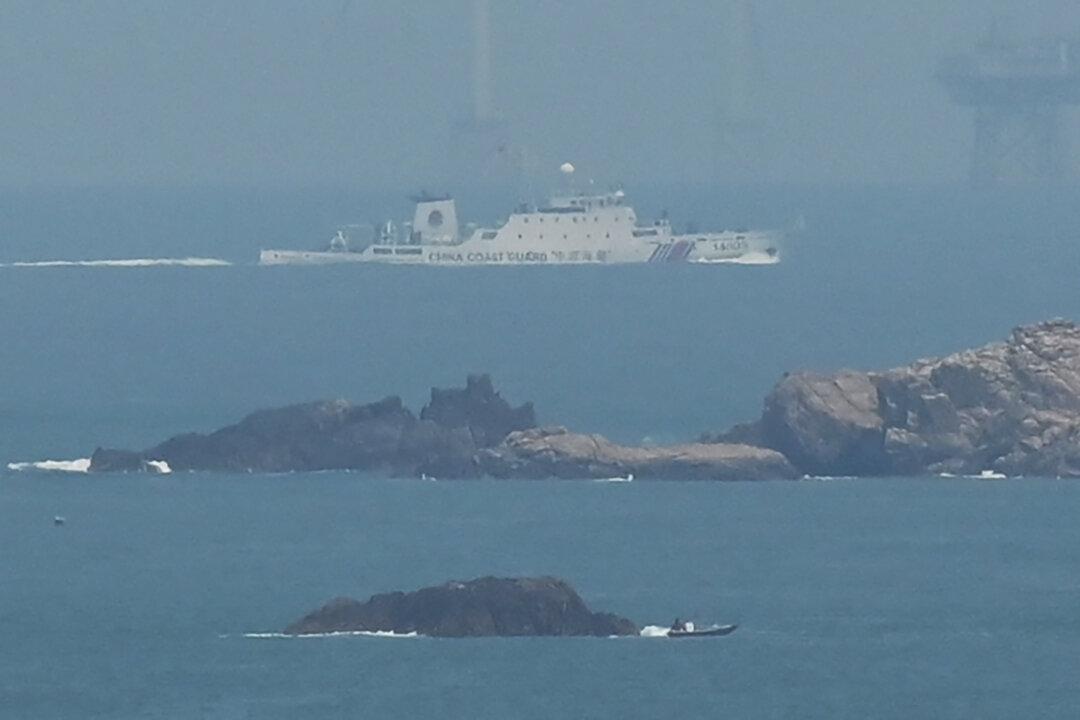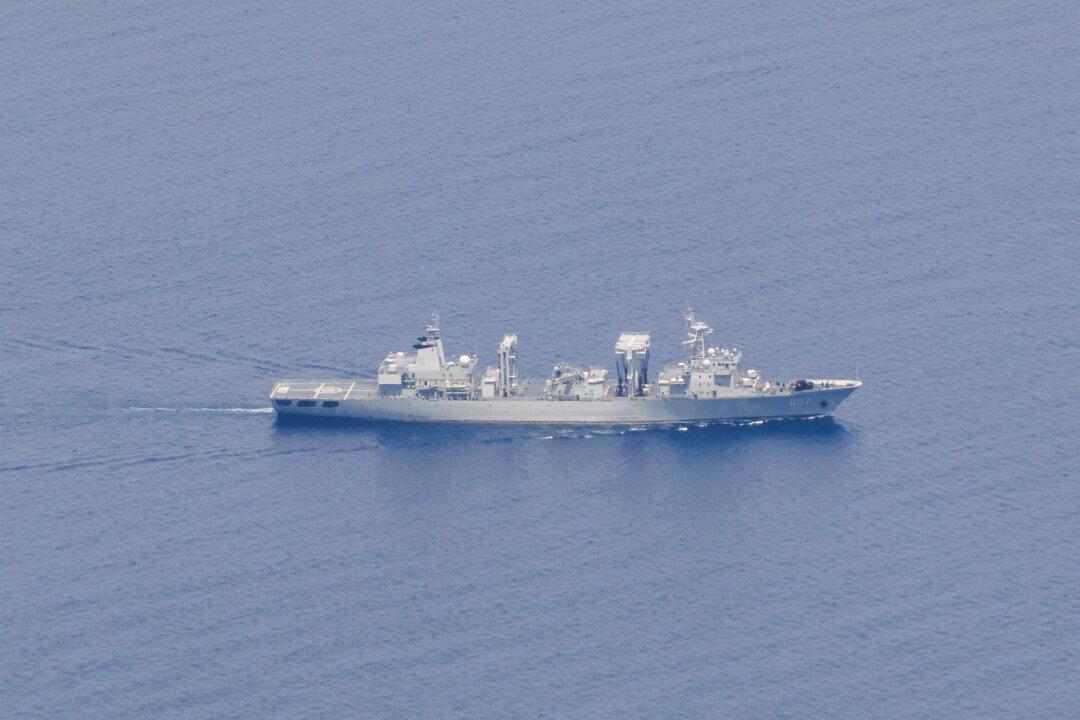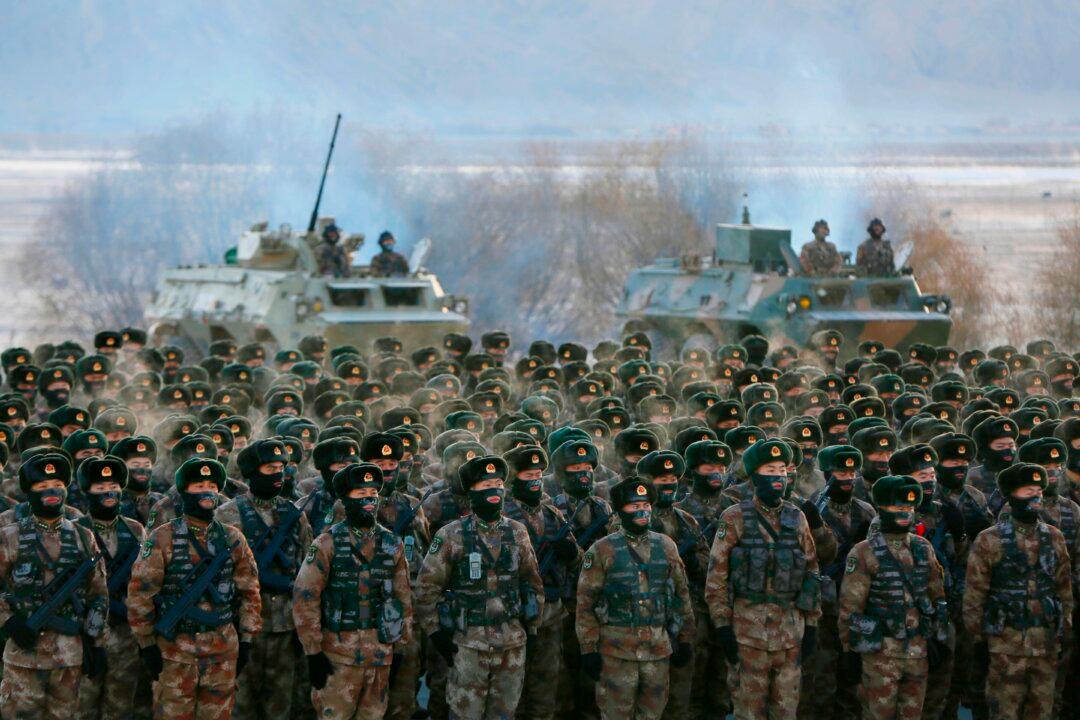Commentary
As we begin the second week of the Russian invasion of Ukraine, I would assert things have not gone as fast or as well as Putin was hoping.
Having seen first-hand the Soviet T-72 tanks and the BMP infantry fighting vehicles after we shot them up in the First Gulf War, the Soviet equipment was shoddy, prone to breakdowns, and cramped beyond comparison with American vehicles. The Soviet equipment is menacing on parade, but often trouble prone in real operations. The sight of burning, broken down, and motionless Russian vehicles out of fuel in column formation on the way to Kiev belies many things about modern Russia. Perhaps to help maintain strategic momentum for Russia and to distract from the less than stellar gains, Russian Foreign Minister Sergei Lavrov made very clear statements that a broader World War III
will involve nuclear weapons. Russia also
directly threatened Finland and Sweden.
This quick assertion of nuclear weapon use was a wake up for many and a jolting reminder of the bad old days of toe-to-toe nuclear readiness with tens of thousands of nuclear weapons at the ready on each side of the Cold War struggle.
There are a
much smaller number of nuclear warheads today, but still enough for at least a partial Armageddon compared to the Cold War. I grew up not too far from a nuclear-tipped Nike Missile site and remember seeing the missiles at the ready. When I first joined the military in 1983, the reality of nuclear, biological, and chemical use was omnipresent, and we trained to fight under those conditions. After 30-plus years of the
End of History and the War on Terror, we’re finding ourselves having to relearn those arts from the past and re-visit the readiness of our nuclear forces.
China Is Building and Moving Toward a Complete Triad of Nuclear Deterrence
Meanwhile, China, the senior partner in the China-Russia axis to topple America, is on a
silo-building frenzy for nuclear missiles. Ground-based missiles are one leg of the strategic nuclear deterrent triad that America mastered during the Cold War. The other two legs are sea-based missiles and bombers with long-range nuclear missiles. There’s speculation that there are more silos than missiles because the Chinese are copying our “
M-X” mobile missile concepts of the 1970s and ’80s.
Two other missile developments complement the Chinese silo-building frenzy. First is the Chinese hypersonic missile capability for strategic strike. Last year was filled with numerous reports of surprise Chinese tests of these missiles and the apparent lack of an equivalent capability or a defense against these missiles in the Western powers. The Chinese are also building up their ballistic missile submarine capability and have perhaps
six in service, with more under construction.
The Chinese don’t quite have a mature strategic bomber fleet but continue along with new construction of medium-range H-6 Bombers that trace their history to the Soviet Tu-16 Bomber from the 1950s. The
H-6 has been upgraded with aerial refueling capability that far extends its range. The Chinese are
hinting at an equivalent to the modern American B-2 and now the new B-21 bombers—once put into service, this will complete the Chinese triad.
One observation may be that China has roughly 350 warheads while America has so many more. I’m not sure I trust the warhead count on the Chinese side. I think it’s higher, and I’m not sure it also accounts for tactical nuclear weapons onboard ships and submarines. China doesn’t have a strong history of engaging in strategic weapons treaties and is unconstrained by the existence or experience with these international conventions.
America Is Re-Capitalizing Its Nuclear Triad, but Needs to Move With a Greater Sense of Alacrity
The United States embarked on a re-capitalization of its strategic nuclear triad several years ago and is moving forward with the new, ground-based strategic missile, the Columbia-class Ballistic Missile Submarine, and the B-21 Bomber.However, considering current events, the schedules for these programs should be accelerated as well as American hypersonic missile programs. There’s a partial missile defense capability in the U.S. military, but it should also be expanded. Part of the American nuclear warhead stockpile is kept in reserve. Some of these reserve warheads can be brought into service, and existing missiles can have additional warheads added that were removed in prior treaties. Tactical nuclear weapons are also very important for deterrence and should be maintained and expanded.
The world finds itself suddenly in one of the greatest emergencies with nuclear overtones since the Cuban Missile Crisis. Demonstrative leadership from the White House is needed to show strong resolve and clarity to deter aggressive powers from the use of nuclear weapons to threaten the rest of the world.
Views expressed in this article are opinions of the author and do not necessarily reflect the views of The Epoch Times.





